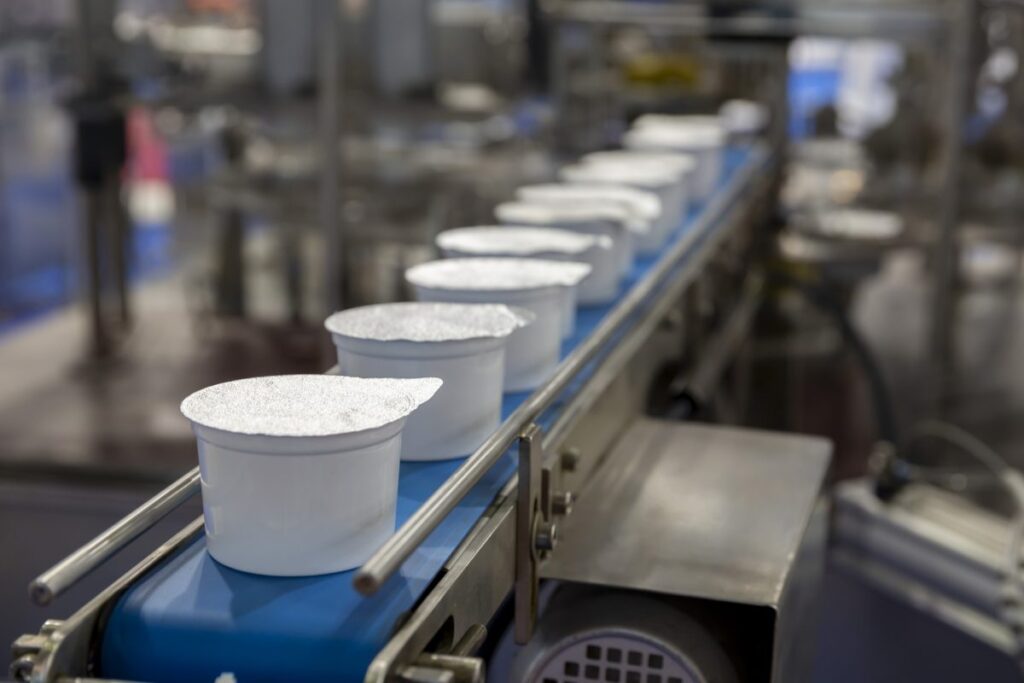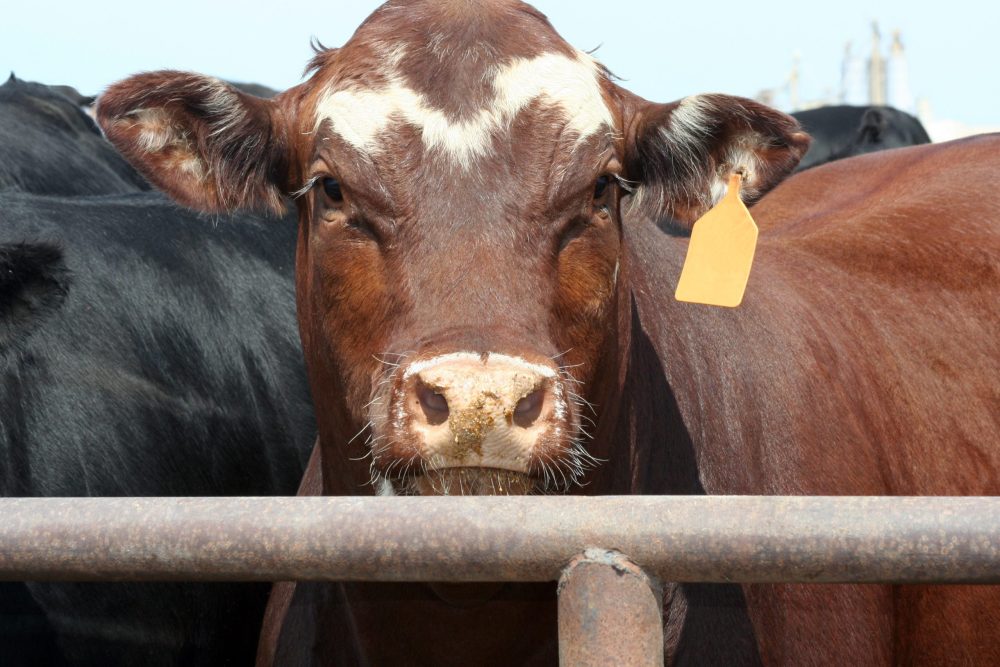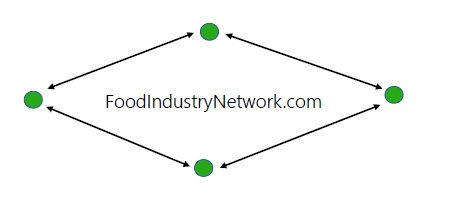Strong year predicted for Canadian dairy products, meat processors expect squeeze

It’s projected to be a strong year for dairy product makers, while meat product manufacturers’ margins may be squeezed as rising prices fail to offset higher input costs, Farm Credit Canada (FCC) said in its new Food and Beverage Report.
Dairy margins to rise
FCC forecast an 8.3 per cent increase in dairy product sales, with a 6.0 per cent increase in volume (sales adjusted for inflation). Farmgate milk sales were up in 2024 and are expected to grow again in 2025.
Gross margins in dairy product manufacturing are expected to rise to the highest level in the past two years, as raw material costs decrease. The Canadian Dairy Commission has decided to leave farmgate prices of milk “essentially unchanged,” resulting in a small actual decrease, the report said.
Read Also


U.S. livestock: Cattle prices climb higher, hog prices pull back
Live and fed cattle futures on the Chicago Mercantile Exchange were higher on Wednesday, a few hours before United States President Donald Trump unveiled his reciprocal tariff plan.
Trade tensions could throw spanners into the works, though FCC noted that the dairy sector is less reliant on trade than many agri-food sectors, and thus less vulnerable to disruption.
“However, the cost of non-dairy raw materials from outside Canada, including packaging, could rise under U.S./Canada trade disruptions,” the report said.
At time of writing, U.S. President Donald Trump was poised to impose new, sweeping tariffs on countries including Canada as a month-long reprieve on 25 per cent tariffs expired. Details remained scant.
Trump has complained about Canadian trade barriers to U.S. dairy products. Prime Minister Mark Carney has said Canada’s supply-managed dairy is “off the table” in negotiations with Trump.
Pork and beef demand uncertain
In 2024, the meat product manufacturing sector saw sales grow by 1.4 per cent, but a decrease in volume (sales adjusted for inflation) of 1.4 per cent—the first year since 2020 to see a decrease in volume.
FCC predicted prices will continue to drive sales upward for an increase of 2.8 per cent, but volume would decrease by 3.6 per cent.
“It’s expected that 2025 will be a challenging year for pork and beef manufacturers’ margins,” the report said.
Tight cattle supplies, which have contributed to record high prices, will keep input costs up. The hog supply is “robust,” said FCC, but demand for pork is uncertain. Along with potential U.S. trade disruptions, China has imposed a 25 per cent tariff on Canadian pork imports.
If trade disruptions lead to decreased demand for live cattle and hogs, Canada could have a surplus, thus driving prices lower for processors.
Poultry outlook ‘mixed’
“Poultry processing faces a mixed outlook for 2025,” FCC said.
Chicken stocks are declining from a high in 2023, and chicken prices are stabilizing at the farm level. Chicken has also remained competitive with consumers as retail prices rose more slowly than those of pork and beef.
“Demand for other poultry meats will continue to face headwinds in 2025,” the report said.
The poultry sector also relies almost exclusively on the domestic market for sales.
Source: Farmtario.com


